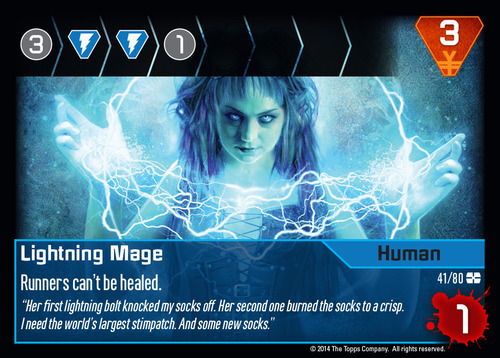'If I don't get a fuel card next time, so help me....!'
Type: Strategy / Card
Players: 2 to 4
Players: 2 to 4
Time to explain to others: About 1 to 3 min
Time to play: About 15-20 minutes
Difficulty: To play 3/10, Game difficulty 4/10
Portability: High (just a deck)
Overall: 9/10
Overall: 9/10
This games holds a special place in our collection, as it was the first game me and the better half played together. I wanted to introduce her to card and board games, but coming from a place of interest but no other knowledge, she was - understandably - cautious of the complexity of some of these types of games.
Then I came across this game. Rockets, the pictures looked very unthreatening, so 'Huh, I'll have a go!'.
We were hooked from the first play.
You play opposing Space projects, trying to get as many of the rockets into space as possible. Each turn you draw cards: rockets (a sort of blueprints, if you will), fuel and metal (to actually build the things), and the ever present action cards, that will accelerate you construction, sabotage your opponents', etc.
Said rockets need to go through 3 levels of contruction, and you need to draw the right technician to allow the machines to advance to the next stage. As per usual in these games, you are at the mercy of the cards. Tables can turn at the 11th hour, I've seen games change in 2 turns, as someone draws the right fuel card and/or the right tech, and leapfrogs ahead.
Rui's conclusion: A simple, visually pretty and accessible game. Not as strategic as others, but very easy to pick up. A great introductory game, as well as one for the kids. Great fun!









